Kengo Kuma is a Japanese architect. His style is characterized by the reinterpretation of traditional Japanese architectural elements combined with high-tech style and innovation in the use of natural materials.
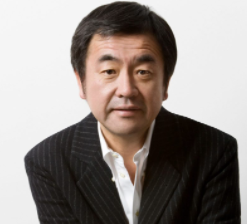
Image source:https://static.dezeen.com/uploads/2016/01/kengo-kuma-portrait-dezeen-1568.jpg
About his life
Kengo Kumawas born on August 8, 1956 inYokohama, Japan. After going to Eiko Gakuen junior and senior high schools he joinedUniversity of Tokyoand graduated in 1979. In 1987 Kuma launched his own office in 1990 with the nameKengo Kuma & Associates. He is regarded as one of the most popular contemporary architects of Japan concerned with reviving and revitalizing thetraditionalJapanese values. His method of mixing high-tech fashion with long-established construction manners is rapidly gaining international admiration and making its way to China as well as west. Kuma has also served at universities as a professor of architecture and he was the head ofKuma Labat University of Tokyo.
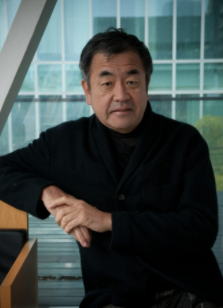
What are his major works?
Key projects include theSuntory Museum of Artin Tokyo,Bamboo Wall Housein China, LVMH (Louis Vuitton Moet Hennessy) Group’s Japan headquarters,Besançon Art Centerin France,Stone MuseuminNasuand one of the largest spas in the Caribbean forMandarin Oriental Dellis Cay.
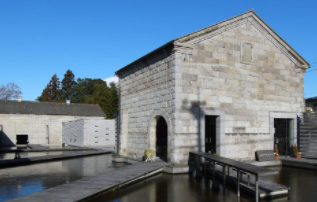
Image source:http://www.archdaily.com/771525/spotlight-kengo-kuma/57a70561e58ece6ff9000101-spotlight-kengo-kuma-photo
Among his high-profile buildings there are theNagasaki Prefectural Museum(2005), theAsakusa Culture Tourism Centre(2012) and acommuneby theGreat Wall of China(2002). In recent years he has also received an increasing number of commissions in Europe and North America, including aMetro StationinParis, a cultural village inPortland’s Japanese Garden,Dundee’s new V&A Design Museum, askyscraperinVancouverand theHans Christian Andersen MuseuminOdense. He has also been commissioned to design the newNational Stadiumfor the2022 Tokyo Olympicsin his homeland.
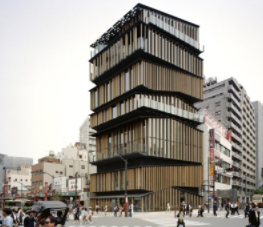
How can we identify Kuma’s style?
He strives to create an architecture that is fit forhumans, working within smaller scales,tactileand ‘honest’ materials,daylightand respect fornature, following his expressed goal to ‘escape the clutches of concrete’. His poetics express theemotionalcontent ofmaterials, connected with their intrinsic characteristics in construction and with the teachings of Japanesetradition. Study ofplaceis an essential key to integrating a project with its surroundings so that it will not disturb thebalancebut will be a natural product of it built by human hands.
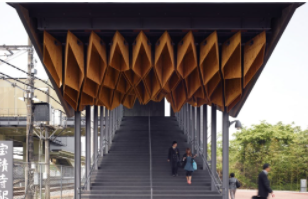
Image source:https://www.architectural-review.com/pictures/2000x2000fit/2/0/3/1230203_kuma.jpg
Info sources:
http://www.famous-architects.org/kengo-kuma/
https://en.wikipedia.org/wiki/Kengo_Kuma
http://www.archdaily.com/771525/spotlight-kengo-kuma
http://www.architravel.com/architravel/architects/kengo-kuma-and-associates/2/

Comments are closed.